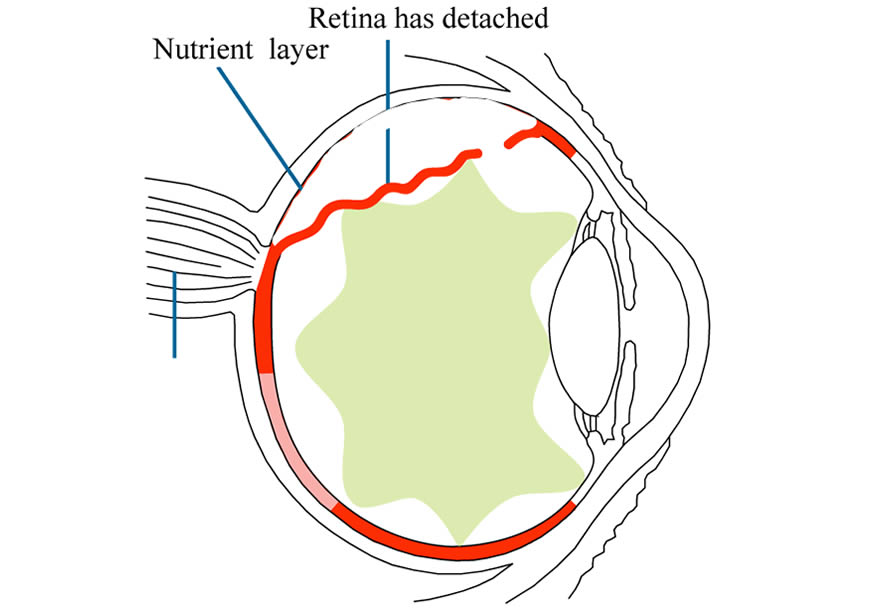



On the first postoperative day, it was observed to fill 90% of the intraocular volume and the intraocular pressure was normal. The retina in the left eye was successfully reattached and 16% C3F8 gas was inserted into the eye at the end of surgery. His vision at that time was 6/5 in his right eye and 6/36 in his left. Case reportĪ 55-yr-old man underwent a vitrectomy for a tractional retinal detachment in his left eye secondary to proliferative diabetic retinopathy. 2 3 This new case occurred 37 days following retinal surgery. 1 At least seven cases of severe visual loss have been reported in patients undergoing general anaesthetics up to 30 days following retinal surgery. If nitrous oxide is administered during this time, the bubble will rapidly expand with the risk of retinal and optic nerve ischaemia. By varying the concentration, volume and type of gas used, bubbles can be produced that will last up to 70 days before being completely absorbed. Filtered room air, sulfurhexafluoride (SF6) and perfluoropropane (C3F8) are the most commonly used gases. Patients who have had vitreoretinal surgery often have a gas bubble deliberately left within the eye as it helps keep the retina attached whilst adhesions develop. The use of nitrous oxide anaesthesia in patients with an intraocular gas bubble is potentially sight threatening.


 0 kommentar(er)
0 kommentar(er)
